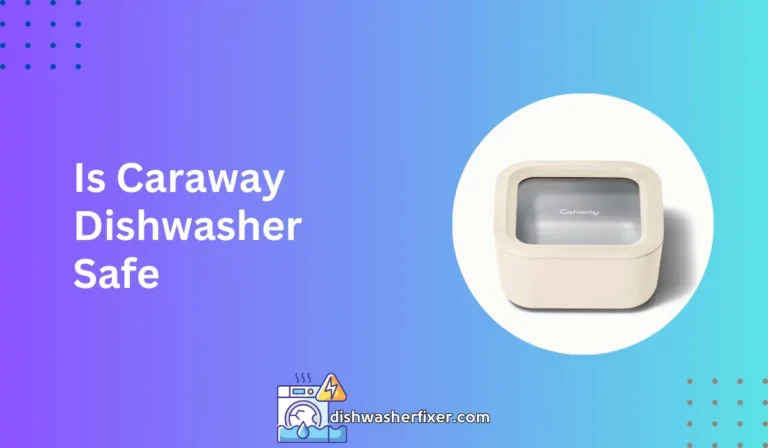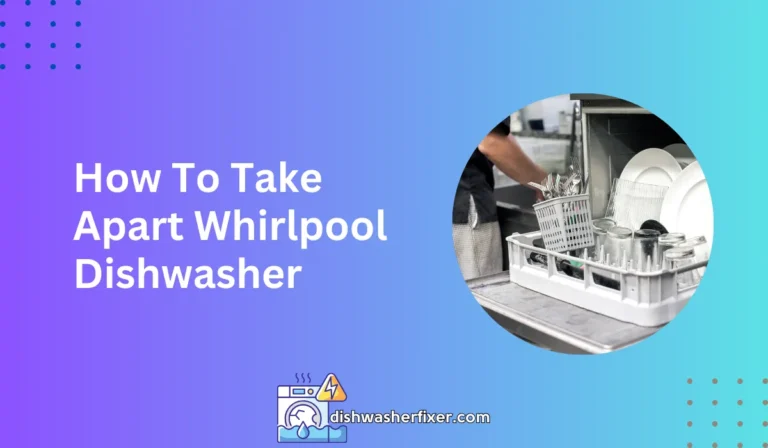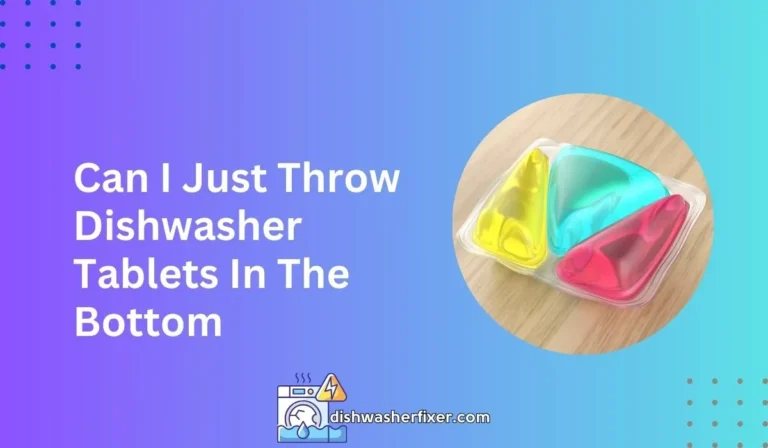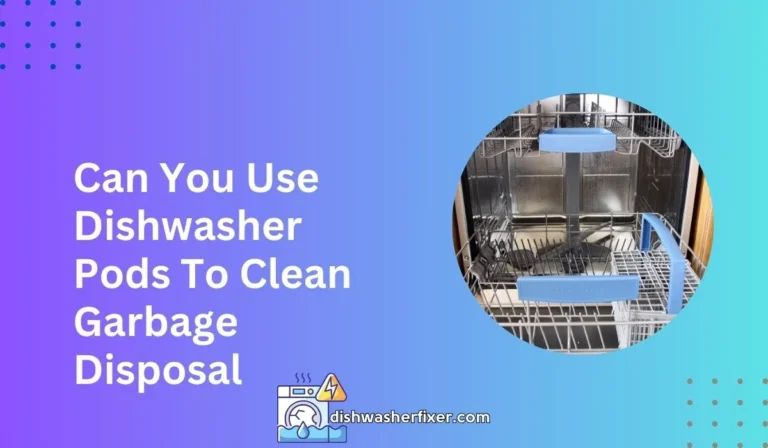Can You Use a Plunger on a Dishwasher? Unclog Tips Revealed!
It is not advisable to use a plunger on a dishwasher as it can damage seals and components. Instead, refer to the manufacturer’s instructions for clearing blockages or consult a professional.
Understanding the Dishwasher Drain System
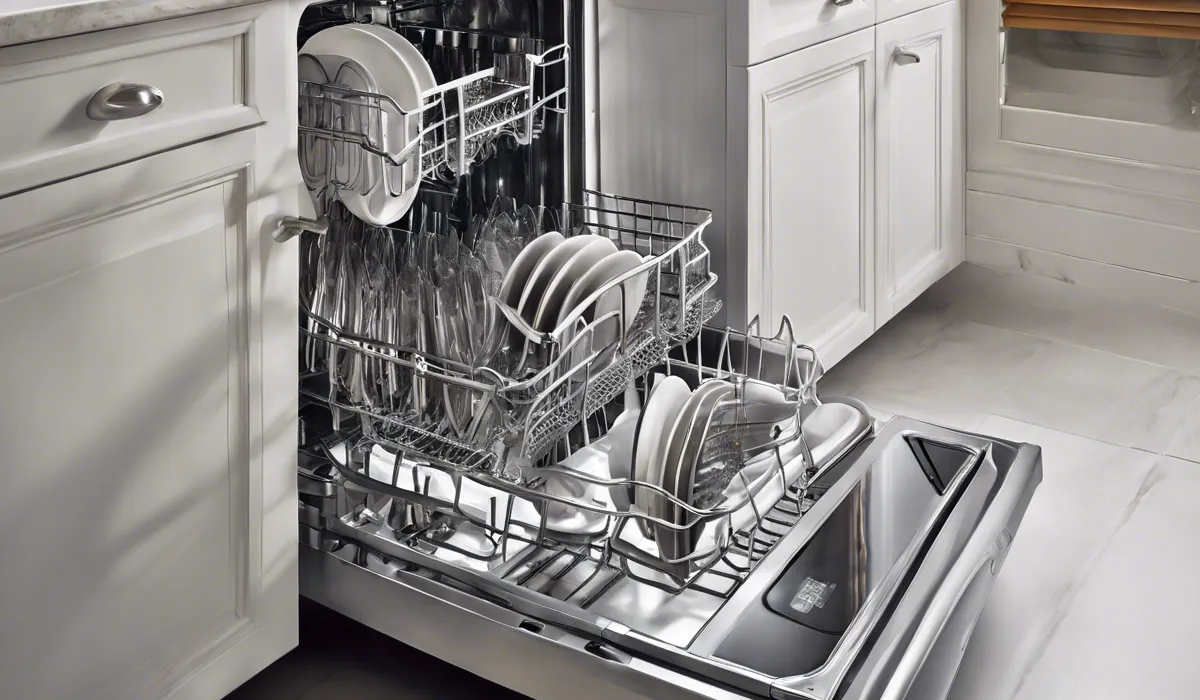
How a Dishwasher Drains Water
The dishwasher is a modern convenience that relies on an efficient drain system to remove water after cleaning your dishes.
This system typically includes a pump that expels water through a drain hose, which is connected to your kitchen’s plumbing.
After the wash and rinse cycles, the pump activates, forcing water out of the dishwasher and into the waste line. This process is crucial for the dishwasher to function correctly.
Common Reasons for Dishwasher Clogs
Clogs can occur in your dishwasher’s drain system for several reasons. Large food particles, grease build-up, and foreign objects can block the filters or hose, preventing water from draining.
Over time, these obstructions can lead to poor dishwasher performance or even cause water to back up into the machine or your sink.
Safety Considerations Before Unclogging
Before attempting to address a clogged dishwasher, prioritize safety. Ensure the appliance is turned off and unplugged.
Also, turn off the water supply to prevent any potential flooding. Wear gloves to protect your hands from sharp objects that may be lodged in the drain system.
When to Use a Plunger on a Dishwasher
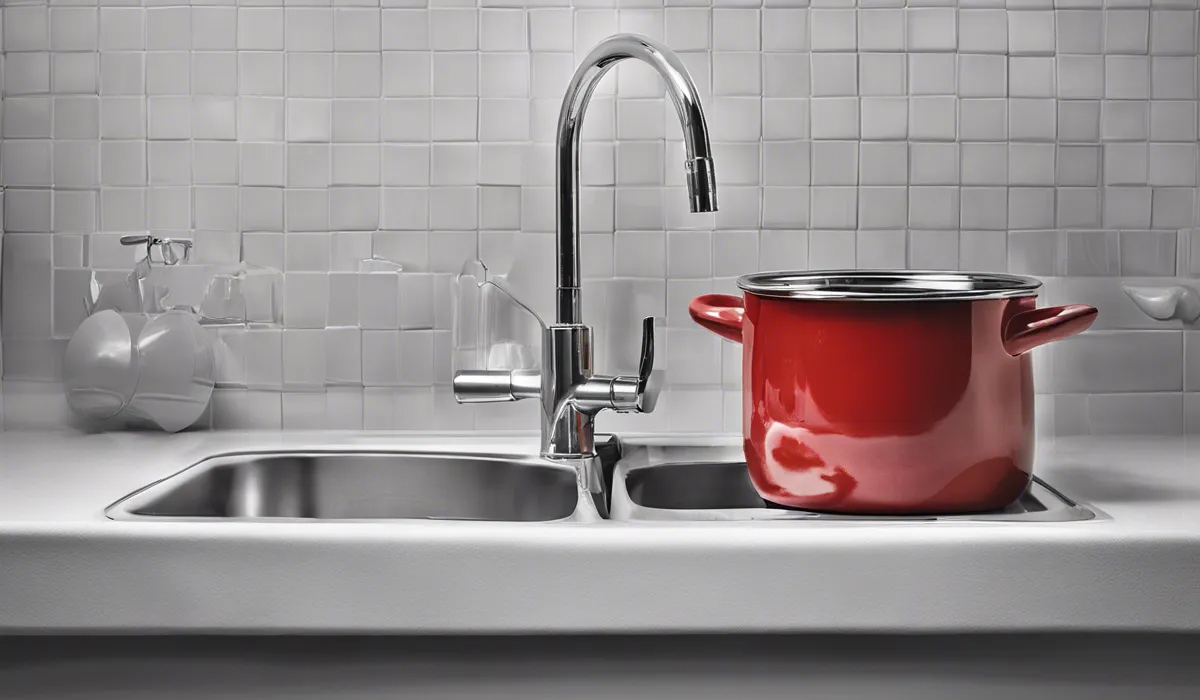
Assessing the Situation
It is generally not advisable to use a plunger on a dishwasher due to the risk of damaging seals and components.
However, if you’ve consulted the manufacturer’s instructions and they suggest a plunger can be used, proceed with caution. This should be a last resort after other methods have failed.
Choosing the Right Plunger
If you find yourself in a scenario where a plunger is recommended, use a flat plunger rather than a flange or accordion plunger. The flat style is better suited for the flat surface of a dishwasher’s drain.
Plunging the Dishwasher Properly
Start by removing the bottom rack and ensuring the drain is clear of any visible debris. Fill the dishwasher with a small amount of water to cover the drain. Place the plunger over the drain and push down gently but firmly to create a seal.
Plunge up and down without lifting the plunger off the drain. After a few plunges, check if the water drains away. If it doesn’t, consider alternative methods or consult a professional.
Alternative Methods to Unclog a Dishwasher
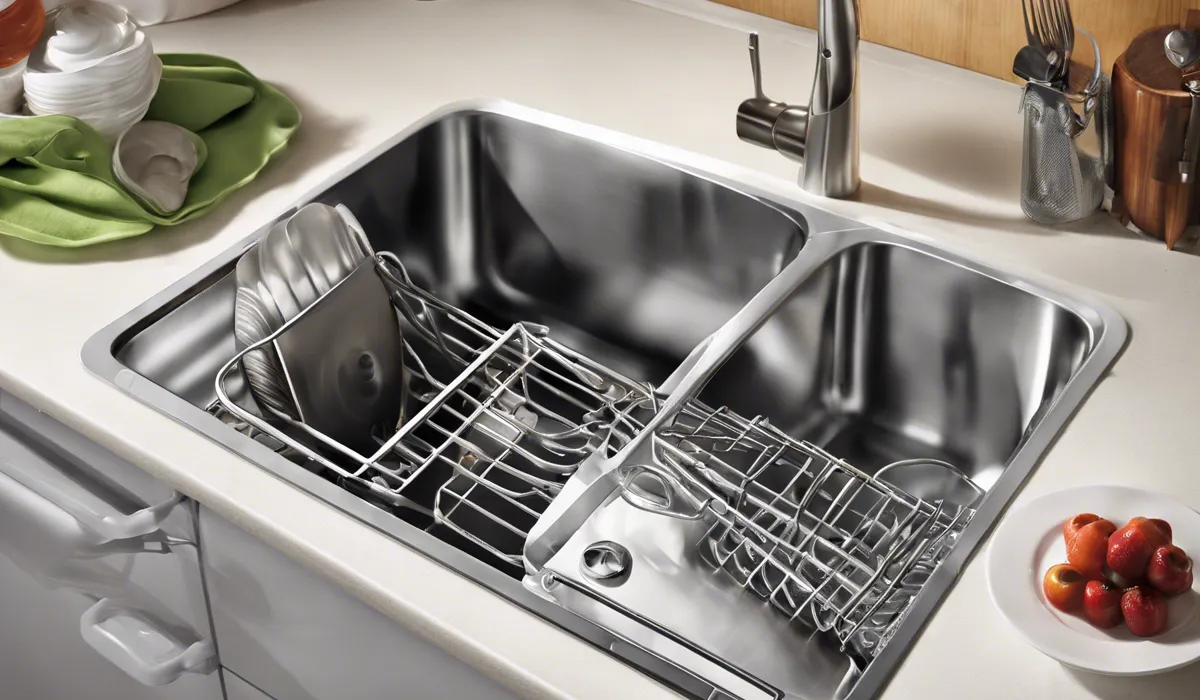
Preventative Maintenance
To prevent clogs, regularly clean your dishwasher’s filter and ensure that dishes are scraped of food particles before loading. Periodically, run the dishwasher empty with a cup of white vinegar on the top rack to help dissolve any greasy build-up.
Natural Solutions for Clogs
Natural solutions like baking soda and vinegar can be effective for minor clogs. Pour a mixture of baking soda and vinegar down the dishwasher drain, let it sit for 15 minutes, and then run a hot water cycle. This can help break up grease and food residue without harsh chemicals.
Chemical Cleaners and Their Use
For tougher clogs, a commercial dishwasher cleaner or a drain clog remover may be necessary. Always follow the instructions on the label and ensure that the product is dishwasher-safe to avoid damaging your appliance.
Consulting the Professionals
If you’ve tried the above methods and your dishwasher is still not draining, it’s time to call a professional plumber or appliance repair technician. They have the tools and expertise to diagnose and fix the issue without causing further damage to your dishwasher.
While a plunger can sometimes be used to address a dishwasher clog, it’s not typically recommended due to the potential for damage.
Instead, familiarize yourself with your dishwasher’s operation, perform regular maintenance, and try safer alternatives first.
If the issue persists, don’t hesitate to seek professional help to ensure your dishwasher gets back to its best performance without risking further complications.
FAQs About Using a Plunger on a Dishwasher
Can I use a plunger to unclog my dishwasher?
No, using a plunger on a dishwasher is not recommended as it could damage the appliance’s seals and components.
What should I do if my dishwasher is clogged?
Refer to the manufacturer’s instructions for guidance on clearing blockages or consult a professional for assistance.
Is it safe to try and unclog a dishwasher myself?
While some clogs can be resolved by cleaning filters and check valves, any unfamiliar tasks should be left to a professional to prevent damage to your dishwasher.
What can happen if I use a plunger on my dishwasher?
Using a plunger may cause harm to the dishwasher’s internal seals and components, potentially leading to leaks and other malfunctions.
Where can I find the manufacturer’s instructions for unclogging my dishwasher?
The manufacturer’s instructions are usually found in the user manual provided with your dishwasher or on the manufacturer’s official website.
Final Thoughts
Using a plunger on a dishwasher is ill-advised due to the potential harm it can cause to seals and internal components.
For effective blockage resolution, it’s best to follow the guidance provided in the manufacturer’s manual or seek the expertise of a professional technician to avoid unnecessary damage and ensure proper functionality.

